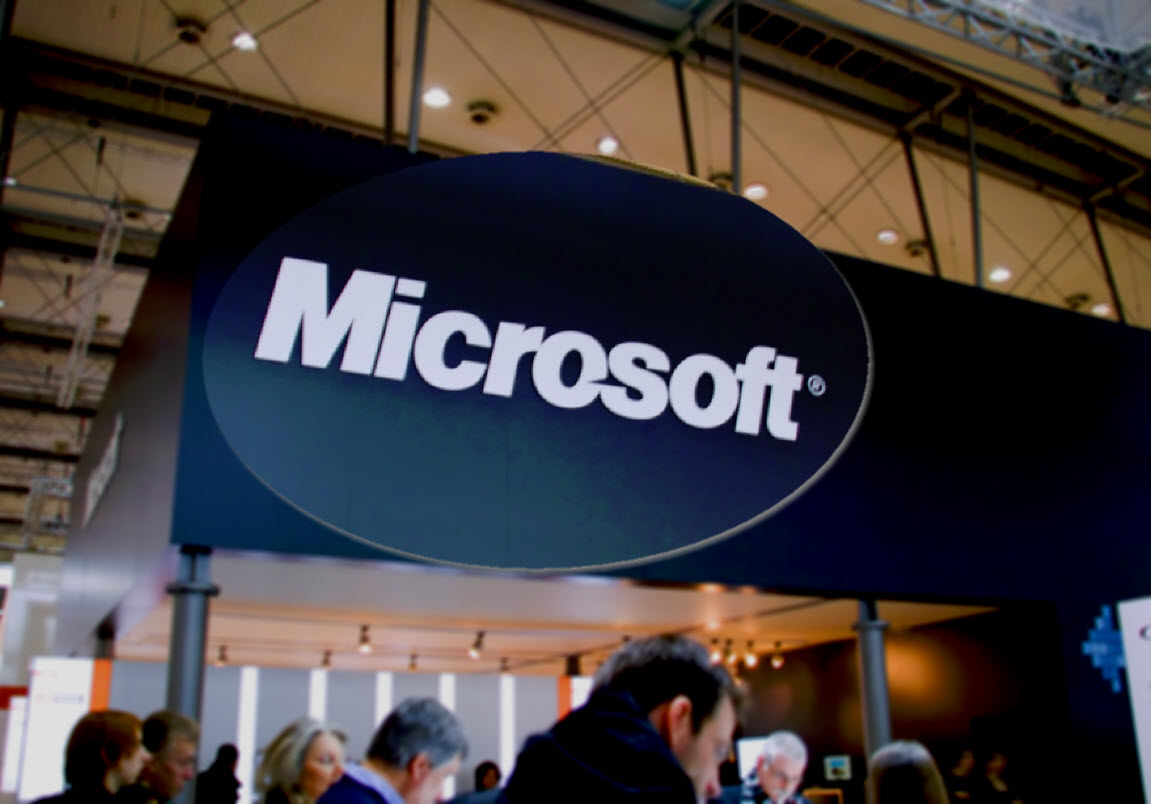The HoloLens has made it into the headlines quite regularly but may not be available for half a decade.
There are a growing number of entrants making their way into the augmented reality headset realm, but despite the increasingly large number of devices, this category remains quite small, is far from mainstream, and most will admit that the devices themselves have not quite reached the point in which the average user will be using them.
Microsoft appears to be no exception to this trend as their HoloLens now looks to be half a decade away.
The augmented reality head mounted display (HMD) called the Microsoft HoloLens is “really a five-year journey,” said Satya Nadella, the CEO of the company when speaking at the Dreamforce customer conference from Salesforce, last week. Despite the fact that HoloLens is soon to be rolled out on a very slow and gradual basis within certain specific industries. This will be the first slow step that will occur well before consumers ever see it on their own market shelves. This will give the company the opportunity to test the headset before attempting to appeal to the average consumer.
These augmented reality glasses were also supposed to head to space, but were blown up in an explosion this summer.
 Still, the HoloLens is among the products that has generated the most excitement for the company over the last while, as the demos have been quite successful until now. The headset uses AR technology to superimpose digital images over top of the view of the real world. The wearer can interact with those digital images while still being able to see what is going on around him or her.
Still, the HoloLens is among the products that has generated the most excitement for the company over the last while, as the demos have been quite successful until now. The headset uses AR technology to superimpose digital images over top of the view of the real world. The wearer can interact with those digital images while still being able to see what is going on around him or her.
Despite the fact that this kind of AR technology requires a considerable amount of computing power, Microsoft is determined to make it possible for the HoloLens to function without having to be paired with a computer.
At the same time, packing all that computing power – in the form of sensors, processors, and other gadgets – into what is essentially a pair of glasses (that are attractive enough that a consumer will wear them) is the primary challenge being faced. Because of this, it will require more time before these augmented reality gadgets are finished.

